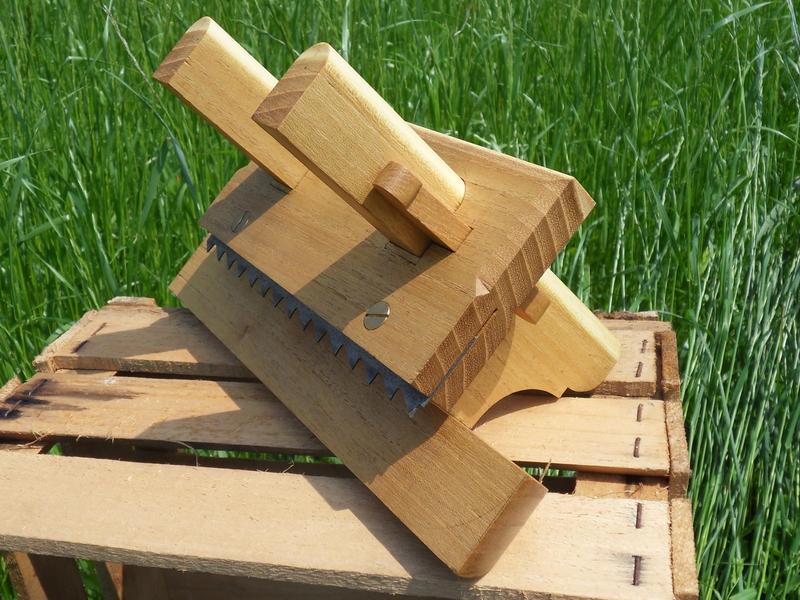Kees, the answer to that question with a frame saw is a combination of two things.
1) how straight is the saw tracking, does it have twist or bias in the blade and is it sharp enough to follow that bias
2) given the answer to #1, is the kerf deep enough to alleviate the problem.
I think the answer for boards that are 8-10" wide, which is probably as wide as many will go (speaking of hardwoods), the kerfs need to be 1/2 inch wide or so, but even at that, you should always eyeball the backside of the cut a little bit so as not to ruin a nice board. If the board is 4 feet long, it will take 10-15 minutes to complete the cut, and you'll appreciate stopping to check.
My not-so great framesaw has some bias, I have to watch it a little bit at the beginning of the cut to see which way it's going (I think some of that may be due to the weight - it's hard to make a saw four feet long and not have it have considerable weight). It feels like a resistance exercise just under it's own weight, which means if it starts to make a turn, it will continue following that turn.
If you're using a nice straight-cutting carpenter's saw, no wander issues with 1/2" deep kerfs.

